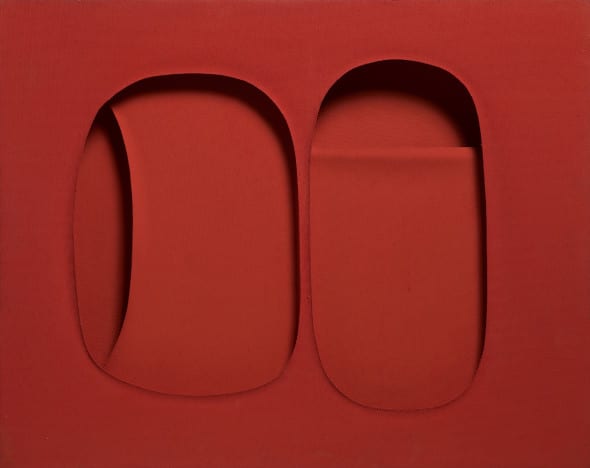
Sometimes, paradox as it might sound, less time you have, the more things you actually manage to combine. Thus, during my short but fruitful visit to the UK I made an unexpected discovery: there is an interesting exhibition featuring ca. 30 paintings of Italian artist Paolo Scheggi (who lived and worked in Milan) in the very heart of London. What a surprise, I thought, just coming from Milan for a couple of days, I immediately found “una mostra del’artista Milanese”, as Italians say. And it is very interesting because I have recently been shown an artwork of Lucio Fontana in one of the private collections of my friends in Turin and when I saw the artworks of Scheggi, I immediately felt that they must be of the similar period…
In fact, when you walk into the gallery, you are alone with the artworks of Scheggi that he created during the 1960s: the seminal and crucial creative decade prior to his death in 1971 at the tender age of 31.
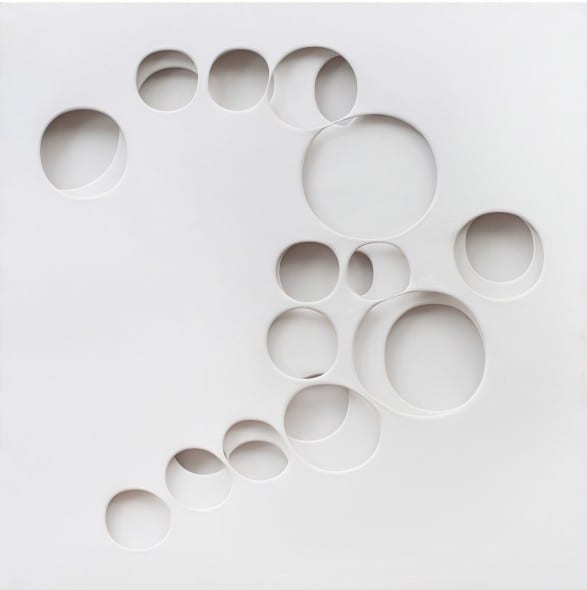
Let me tell you about the essence of the artist’s soul and creations from the prizm of historical light. Scheggi’s dazzling work developed in Postwar Milan, an effervescent and international artistic context, enriched by the crucial presence of Lucio Fontana, and of experimental artists from the new Italian generation: those around the Azimuth/Azimut gallery and magazine (such as Piero Manzoni, Enrico Castellani, Agostino Bonalumi, Dadamaino), and those connected to the “Arte programmata” (such as Gianni Colombo). With them, Scheggi’s work shares the desire to move beyond traditional painting into a new creative and perceptual dimension: objective, physical and spatial. Per una Situazione, 1962 Intersuperficie curva bianca, 1969 In 1962, after various threedimensional mixed media experimentations, Scheggi developed his Intersuperfici (Intersurfaces), also called Zone riflesse (Reflected Zones): canvases with cut-outs, superimposed, to create physically and optically complex spaces, aimed at investigating the dynamics of perception and involvement. In this spatial vision, his work is also characterised by a wide interdisciplinary approach, intertwining his pictorial investigation with architecture, fashion, poetry, performance, and philosophy.
The exhibition brings together pivotal examples of Scheggi’s work on the spatial investigation of surface: from the early metal assemblages of his Lamiere, to the mature complex constructions of his Intersuperfici and Inter- ena-cubi. A selection of over thirty of his paintings, including some unpublished and never before exhibited canvases from Italian private collections, will be the core of the exhibition, and will reaffirm the role played by Scheggi in the development of Modern Art in Italy.
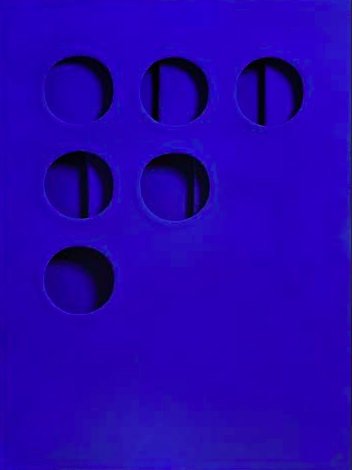
An interesting feature of the exhibition, that, by the way, brought outside Italy for the first time this seminal work, is an installation entitled Intercamera plastica (Plastic Interchamber) which was first shown at Milan’s Naviglio Gallery in January 1967.
It was reconstructed in 2007 and donated in 2013 to the Centro per l’Arte Contemporanea Luigi Pecci in Prato by Franca and Cosima Scheggi. Kindly lent by the Museum, the Intercamera plastica is the most important environmental piece devised by Scheggi. Arguably the apex of Scheggi’s spatial interrogation, Intercamera plastica is a large yellow space, measuring approximately five by four metres, surrounded by curved perforated walls. The holes carved into the walls are perfectly circular and uniformly superimposed, embodying Scheggi’s fascination with structural forms.
Диана Августа Штауэр




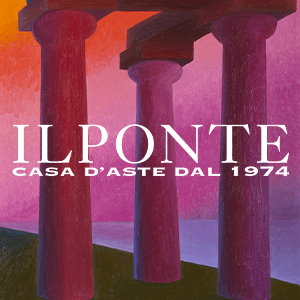
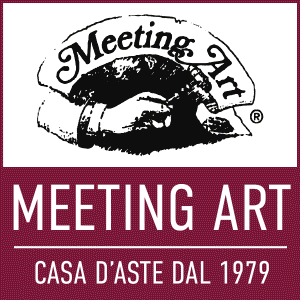


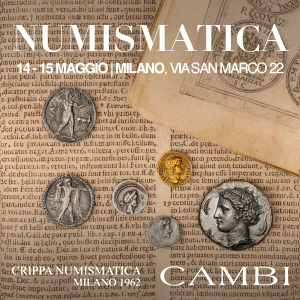


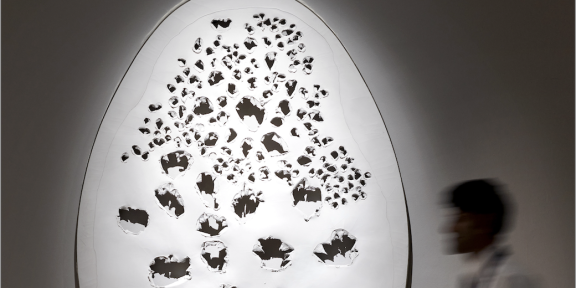
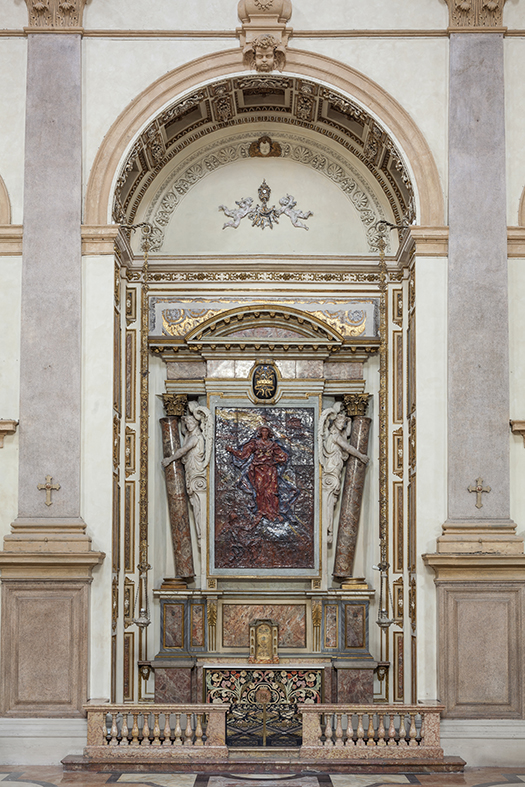

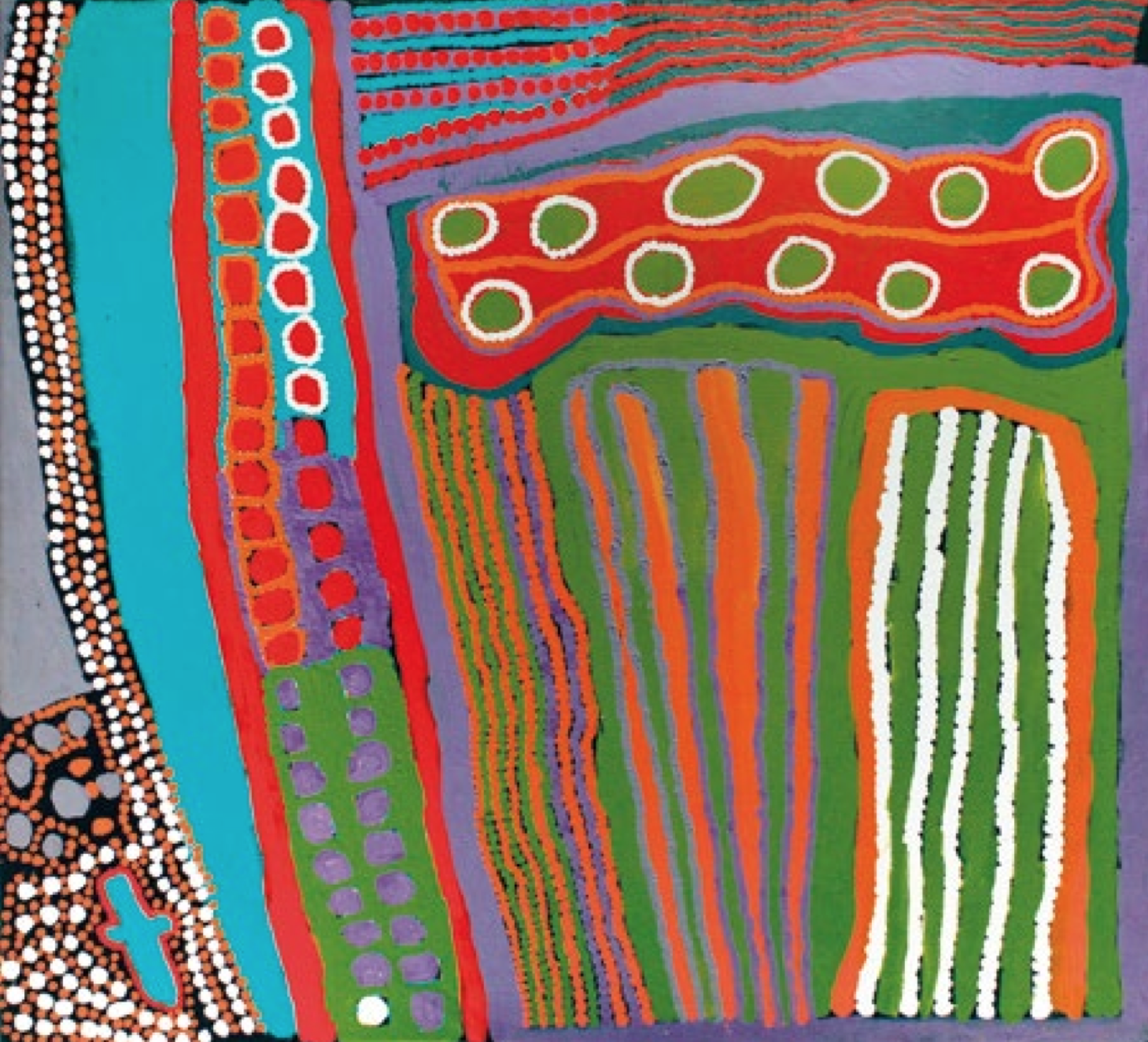
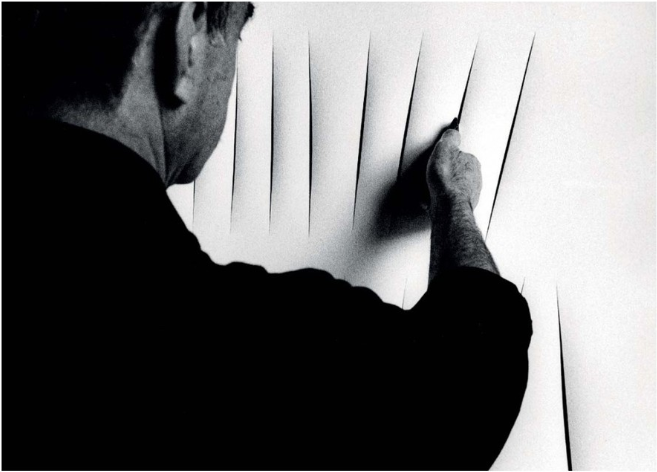
2 Commenti
Dear Diana Avgusta Stauer!
So wonderful to see you again London! It will be great to have your art exposition soon at the Royal Automobile Club.
In any event, you are very quick on the uptick, and certainly wrote a very informative piece on Scheggi after out brief visit with Edmondo! Congratulations!! I hope you sent him a copy as well!
Best regards,
Michael
Thank you so much, Michael.
I will be back to London again soon!